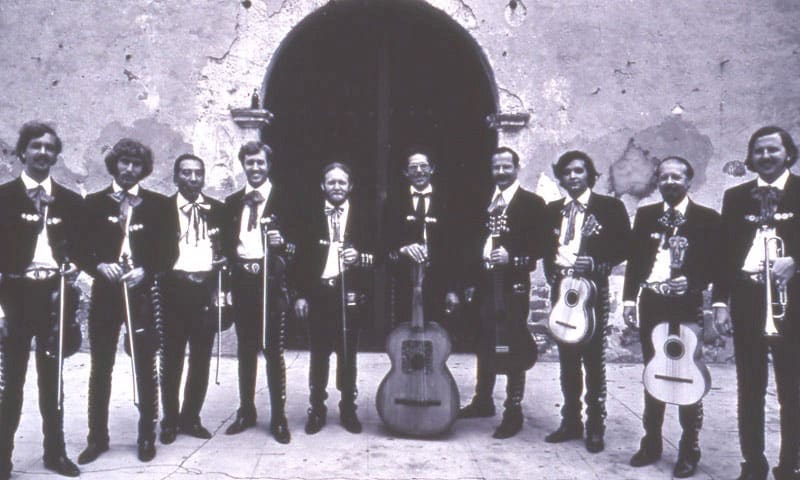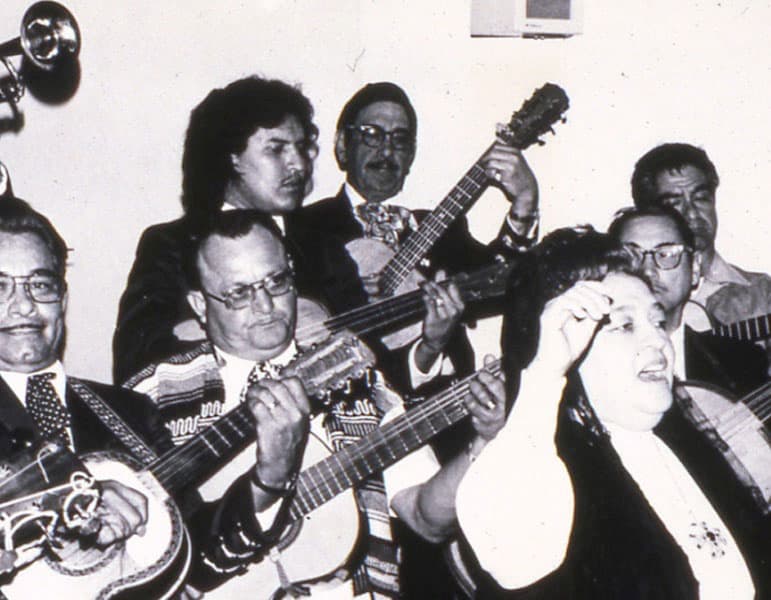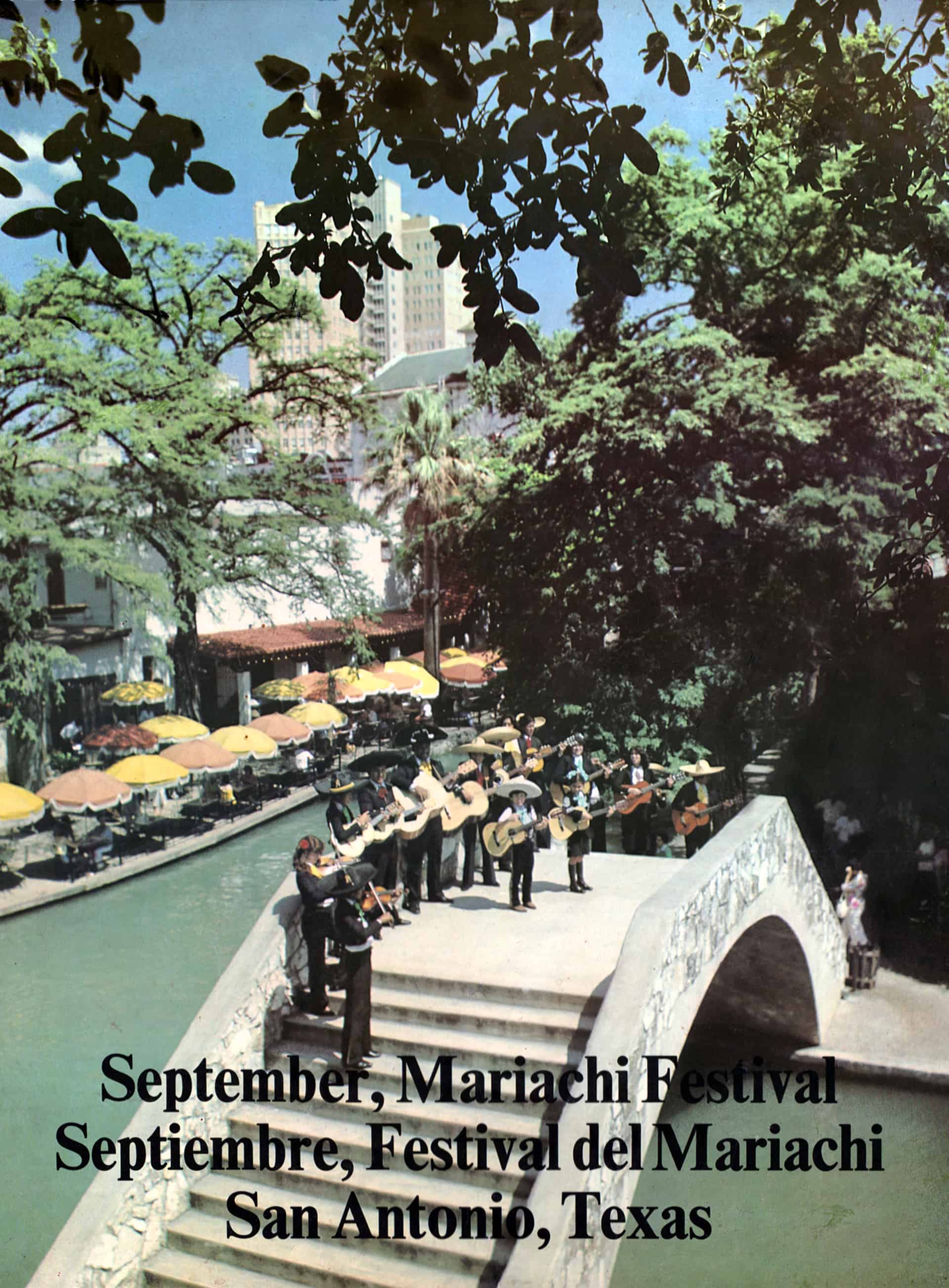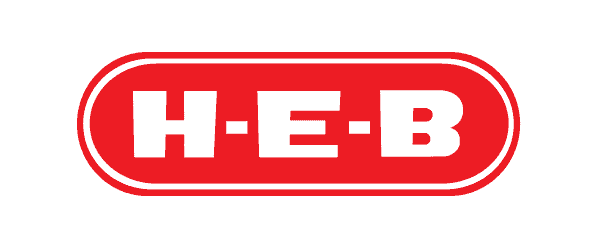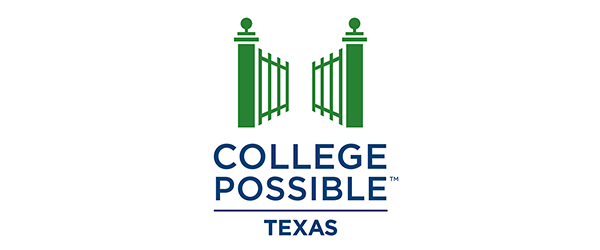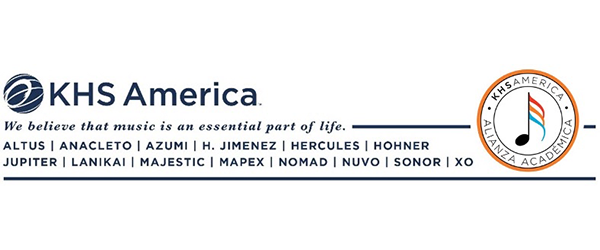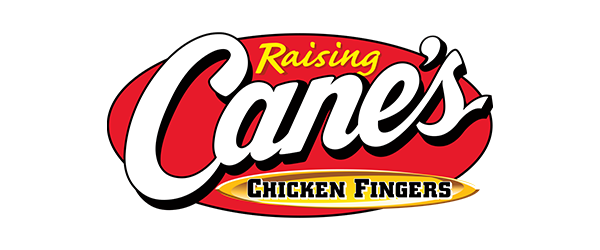Mariachi music has become deeply rooted in the United States, where it has taken on unique characteristics and even influenced its Mexican counterpart. For many decades, it has helped shape the cultural landscape of the southwestern part of the United States and beyond, where it remains a popular form of music, especially among the Hispanic community. Its popularity has grown noticeably since the late 1970s, thanks to mariachi programs in churches and schools, as well as mariachi concerts, festivals and conferences.
In his recent book La Música Va a Otra Parte (79-82), historian Álvaro Ochoa cites a description of an 1845 California fandango where an early mariachi performed “El Maracumbé” and “La Vaquilla,” among other sones. Exactly when the first mariachi-related ensembles appeared in what is now the United States is unclear, but we know that by the 1940s, a number of outstanding modern mariachi groups either immigrated to or were formed in the Los Angeles area, a region that has in many ways become to the United States what Mexico City is to Mexico as an urban mecca of mariachi music. In 1961, Nati Cano reorganized Los Camperos, which became the best-known U.S. mariachi and the country’s pioneer group in popularizing this music among non-Hispanics. In 1969, they opened La Fonda de Los Camperos restaurant in Los Angeles, the world’s first venue of its type designed to showcase a mariachi. Other U.S. groups followed suit, and eventually this concept was adopted in Mexico.
Mariachi Uclatlán, founded in 1961 at the University of California at Los Angeles (UCLA) Institute of Ethnomusicology, pioneered the academic mariachi tradition, and today educational institutions throughout the Southwest offer classes in mariachi music. Mariachi Cobre, the first prominent Mexican-American mariachi group, was founded in Tucson, Arizona in 1971, but it had its roots in Los Changuitos Feos, a church-sponsored youth group founded in that city in 1964 — two years before the mariachi Mass existed.

